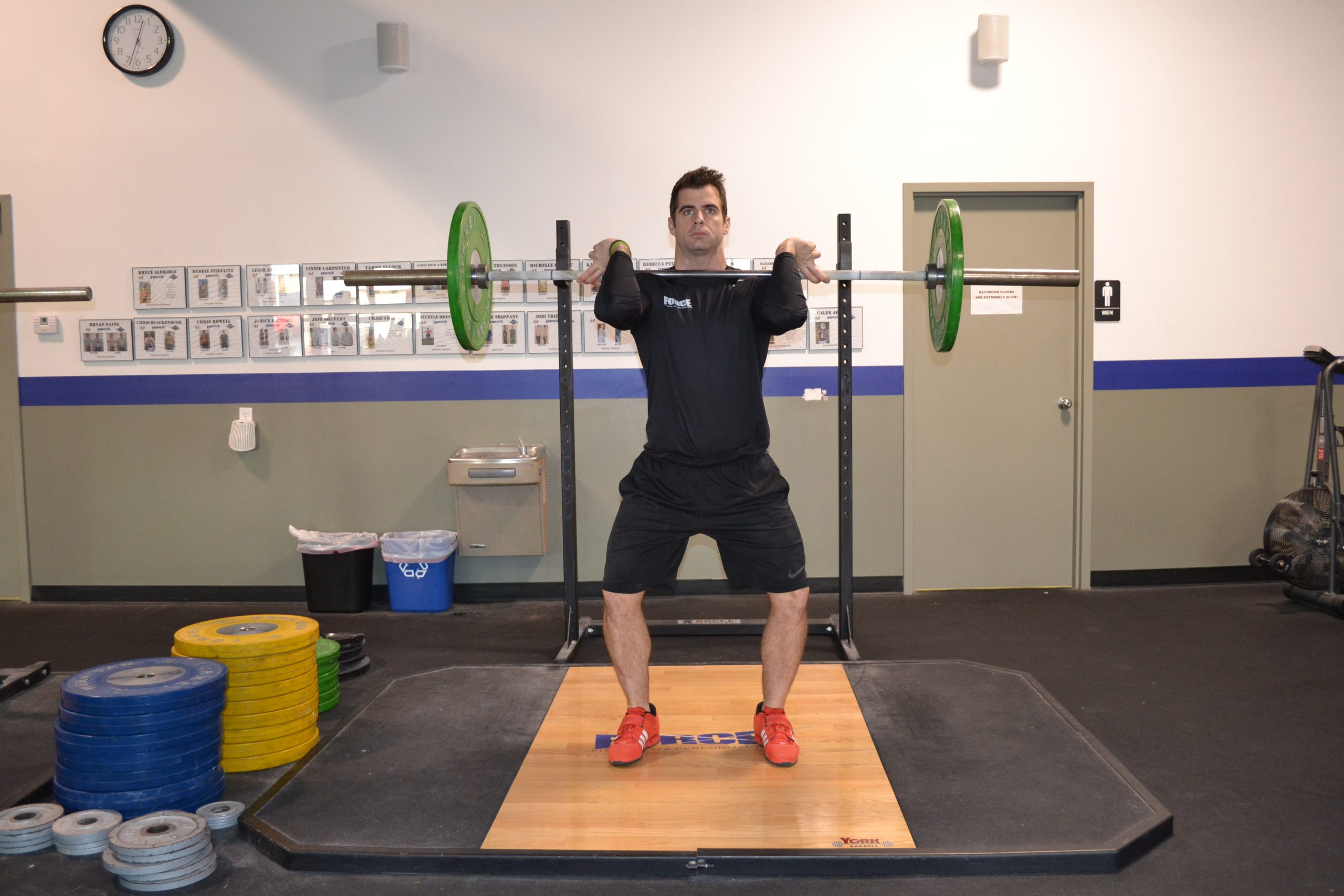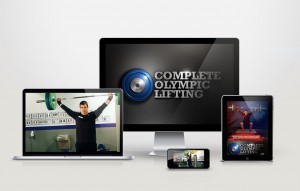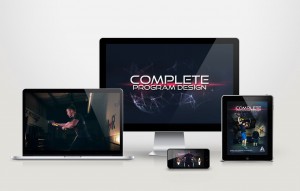7 Habits of Highly Defective Power Cleaners

Walking into a high school weightroom and some kid has WAAAY too much weight on the bar, rolls it around for a minute on the floor muscles it up and catches it in a position that makes you wonder how he has so much flexibility in his adductors (history in gymnastics?). If you work with as many high school athletes as I do, you know this scene. It is probably etched in your mind. It’s the kind of lift that can sometimes give power cleans a bad name, but it doesn’t have to be this way. I had the unbelievable good fortune of learning to Olympic lift under the guidance of a former Olympian and a couple national team coaches. Unfortunately many athletes learn how to do the Olympic lifts from a coach that hasn’t had that type of training. I am by no means the most explosive athlete, in fact I definitely wasn’t at one point, but I learned from the best, and really importantly I learned to not make some of the mistakes that plague athletes trying to do the power clean.
Mistake #1: Missing a lift too often
I actually had a coach recently tell me about his plan for having athletes max out. It went like this. “Well we put about 15-20 lbs more on the bar than the athlete can do and then have him try it. He usually misses it, then we do that same thing again. Once they miss it a second time, we drop about 5-10 lbs and try it a 3rd time. Sometimes they get it” Wait. What? Exactly. The sad part is that I think this is the mode that a lot of athletes get into when training. They think that just a basic overload in the lift is a good thing. In truth the power clean is a really complex pattern and overload isn’t always rewarded, technique is rewarded. If you train knowing you are going to miss lifts, you are…going to miss lifts. My experience when learning the lifts was laid out clearly and I do the same for my athletes, Missed lifts are a part of training but they are not a consistent part of training. Far more will be learned by completing lifts than by missing lifts any day.
Mistake #2: Starting from the floor when you can’t make it there in good position.
Is a power clean a power clean if you don’t start from the floor? This is a mistake that I see all too often and with serious consequences. Athletes are told and made to start from the floor with the power clean when in truth they have no ability to get down to the start position and maintain any semblance of structural integrity. The true start position for the clean is uncomfortable to say the least, it requires hip mobility, ankle mobility, thoracic spine mobility, and tremendous trunk stability. The likelihood that an athlete isn’t lacking in one of these areas is low. Lacking the mobility and stability to actually achieve these positions means that an athlete will default to easier patterns to get to a bar resting on the ground. Typically this will mean that they will achieve the movement from lumbar flexion, and then the cycle of back injuries occur. As you can see in the photos below this isn’t a position that you often see in the local high school weightroom. (Photo Credit: http://nielpatel.blogspot.com)  All is not lost however, working to improve mobility in each of these areas can make big strides toward getting athletes in the right position. In the meantime just beginning the lifts from a slightly elevated, but static position (A low block or another bumper plate) can help athletes get in start position that does not include lumbar flexion.
All is not lost however, working to improve mobility in each of these areas can make big strides toward getting athletes in the right position. In the meantime just beginning the lifts from a slightly elevated, but static position (A low block or another bumper plate) can help athletes get in start position that does not include lumbar flexion.
Mistake #3: No consistency in the start position
In any movement, we preach consistency, from a golf swing to a bench press,.The pattern that we create time and again is the one to which we will default when the going gets tough. The power clean is no different, but if I walk into most weightrooms and training facilities I see something entirely different. Roll the bar around for a minute, hop up and down, roll the bar around some more and LIFT!!! “But wait, I do 3 rolls every time, so my pattern is the same” The approach to the power clean should be the same every time you approach the bar. Early on in training I sought to eliminate inconsistency by crouching by the bar before beginning the lift. Still I found difficulty achieving a consistent position in my lift off from the floor. My training really took off when I took a 3 step process to get the bar in my hands. 1, Cover my laces with the bar, brace the core and lock in the lats. 2. RDL to my knees 3. Squat to the bar. The first step is really about insuring that I have the proper relation to the bar and that my body is prepared to maintain a stable position throughout the lift. Keeping the bar close to the body on the initial lift off will allow for the most efficient bar path, and that requires you to be close to bar but also that you are able to maintain the right position. Making an RDL movement to the knees allows my hips to be behind the bar. Getting the hips away from the bar will allow the hips to remain loaded throughout the lift. Squatting to the bar, maintains a consistent torso angle down to the start position, meaning that on lift off the shoulders will remain forward of the bar. With this 3 part pattern I am able to insure that I, or any athletes I coach, make it to the start position consistently.
Mistake #4: Pulling the bar too fast off the ground.
Lots of weight on the bar? Only one way to pull it. HARD. Right? Not really. The first pull off the ground is all about maintaining consistent position and gaining momentum into the second (more aggressive pull). As a beginning lifter I don’t think that there is any mistake more common than pulling too fast off the ground. Speed is king in the Olympic lifts and coaches preach it from day one. There is only one issue. A bar that is moving too fast will inhibit an athlete’s ability to make an aggressive second pull. Think of it this way: If a car were driving past you at 90 miles per hour and you were asked to push on the bumper to make it go faster, you would have very little time to improve upon the speed of the car and therefore have no effect on its acceleration. Imagine the same car moving past you at 5 miles per hour. If you were to push on the bumper of this car, you could greatly improve its acceleration and velocity. Same goes with the Olympic lifts. Pulling too fast before reaching the mid-thigh will make your 2nd pull much less effective.
Mistake #5: Not getting the knees out of the way
This is another really common problem among novice lifters. The bar trajectory off the floor should be back. Struggling with this is pretty easy to do because the overall feel of the power clean is straight up. The bar must always start in front of the center of gravity (on the floor away from the hips), and the 1st pull should be used to align the bar with the center of gravity. Aligning the bar even more to the front of the center of gravity is a common problem that leads to a lot of missed lifts, and poor catch positions. If the knees do not go back on the 1st pull the athlete will be mis-aligned forward of the toes in the above the knee position and not be able to put the full power of hip extension into the lift.
Mistake #6: Not finishing the 2nd Pull
Pretty early on some athlete that you train will realize that the lower they can go to catch the bar, the greater likelihood they will have in being successful in catching the lift. Not finishing the 2nd pull, the fast pull, from the mid thigh upwards means that the athlete did not reach full hip extension and did not close the gap between their body and the bar.  Not reaching full extension with the hips is a big no-no because it is the primary reason that athletes do Olympic lifts in the first place. Explosively pulling on the bar to hip extension in the point right? The Olympic lift happens fast, and as coaches we can miss things like this so instead of having Superman vision an easy way to spot this problem is seeing an athlete jump forward in the catch. A complete hip extension will result in the athlete catching the bar in the same position on the platform or slightly behind the starting position. Jumping forward is the red flag for an incomplete pull.
Not reaching full extension with the hips is a big no-no because it is the primary reason that athletes do Olympic lifts in the first place. Explosively pulling on the bar to hip extension in the point right? The Olympic lift happens fast, and as coaches we can miss things like this so instead of having Superman vision an easy way to spot this problem is seeing an athlete jump forward in the catch. A complete hip extension will result in the athlete catching the bar in the same position on the platform or slightly behind the starting position. Jumping forward is the red flag for an incomplete pull.
Mistake #7: Catching the bar like a star fish
I mean the star fish is a magnificent creature, but it likes to spread its appendages all over the place, and that has no place in the power clean We all know that we have seen a star fish in the weightroom before. We talk and talk about the force production that is such a valuable part of Olympic lifts, but equally valuable is the force absorption that must occur at the moment of the catch. When an athlete catches like a starfish they are putting themselves in a position that will lead to injury. If this pattern is the reaction to absorbing a stress on the body, then I really fear the moment when they come down from a maximum effort jump. So do yourself a favor and don’t be the starfish in the weightroom. Try as we might, some of these things will always occur when you have people doing power cleans eliminate the majority of the problems and you will have people safely pulling a lot of weight, fast.
To see exactly how Wil Fleming teaches, coaches and trains the Olympic Lifts, check out his Complete Olympic Lifting Program
Recommended Athletes' Acceleration Products
—————————————————————————–




0 Comments for “7 Power Clean Mistakes”